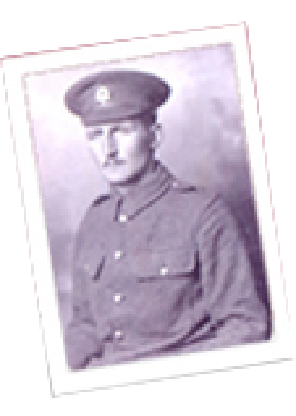- First Name(s):FrederickThomas
- Surname:BROOKS
- Service Number:34165
- Rank:
Private
- Conflict:WW1
- Service:Army
- Army Sector:Infantry
- Regiment:Worcestershire Regiment
- Battalion:1st/7th Battalion
- Former Units:None
- Date of Death:15th June 1918
- Age At Death:33
- Cause of Death:Killed in action
- Place of Death:Unknown
- Place of Burial:Commemorated on Giavera Memorial, Italy.
- Place of Birth:Dodderhill, enlisted Worcester
- Home Town:Unknown
- Casualty's Relatives:
Son of William Henry and Lucy Brooks, of Stoke Works, Bromsgrove, Worcestershire
BROOKS Frederick Thomas Is Named On These Memorials
Notes About The Memorial(s) Listed Above
Wychbold St Mary De Wyche Church with the information: Pte.
Further Information About BROOKS Frederick Thomas
The following information has been researched by Sandra Taylor:
Appears in the Worcester/Worcestershire Roll of Honour Book for army casualties located in Worcester Cathedral as F. Brooks under Defford cum Besford.
1911 Census
Spring Bank, Defford
Frederick Brooks, Boarder, age 25, Railway Clerk, born Dodderhill, Worcester
Head of the Household: Alice Ewins, age 40, Boarding House Keeper
The following information has been researched by Brian Hill:
Frederick Brooks was killed in action during the Battle of the Piave. The Austrians attacked on the morning of 15th June 1918, penetrating the British front line. The 1/7th Worcesters were hurried up to the Asiago Plateau, to their assembly position, by early evening. The dense pine forest in front of them had been taken by the enemy, which they were to counter-attack at 7.30pm, B and C Companies leading, A and D Companies in support, and further augmented by 2 companies of the 1/6th Gloucesters. No artillery fire was possible in the forest, so only rifles and machine guns were used. The light Khaki uniforms of the British were easy to see in the moonlight, the Austrian Grey less so. Firing rapidly and rushing by alternate sections, the Worcesters drove the Austrian riflemen back on their supports. The Austrians brought machine guns into action and brought the advance to a standstill. Then followed an intense fire fight; Officers afterwards declared that €œthe S.A.A. duel equalled anything in the war for intensity. Fortunately the Austrian fire was mostly high and badly directed, whilst the Worcesters was low and accurate.€ More than 300 of the enemy were later found dead despite the tree cover. The battle continued through the night, and at dawn a converging attack by 1/8th Worcesters swept the enemy from the forest.


